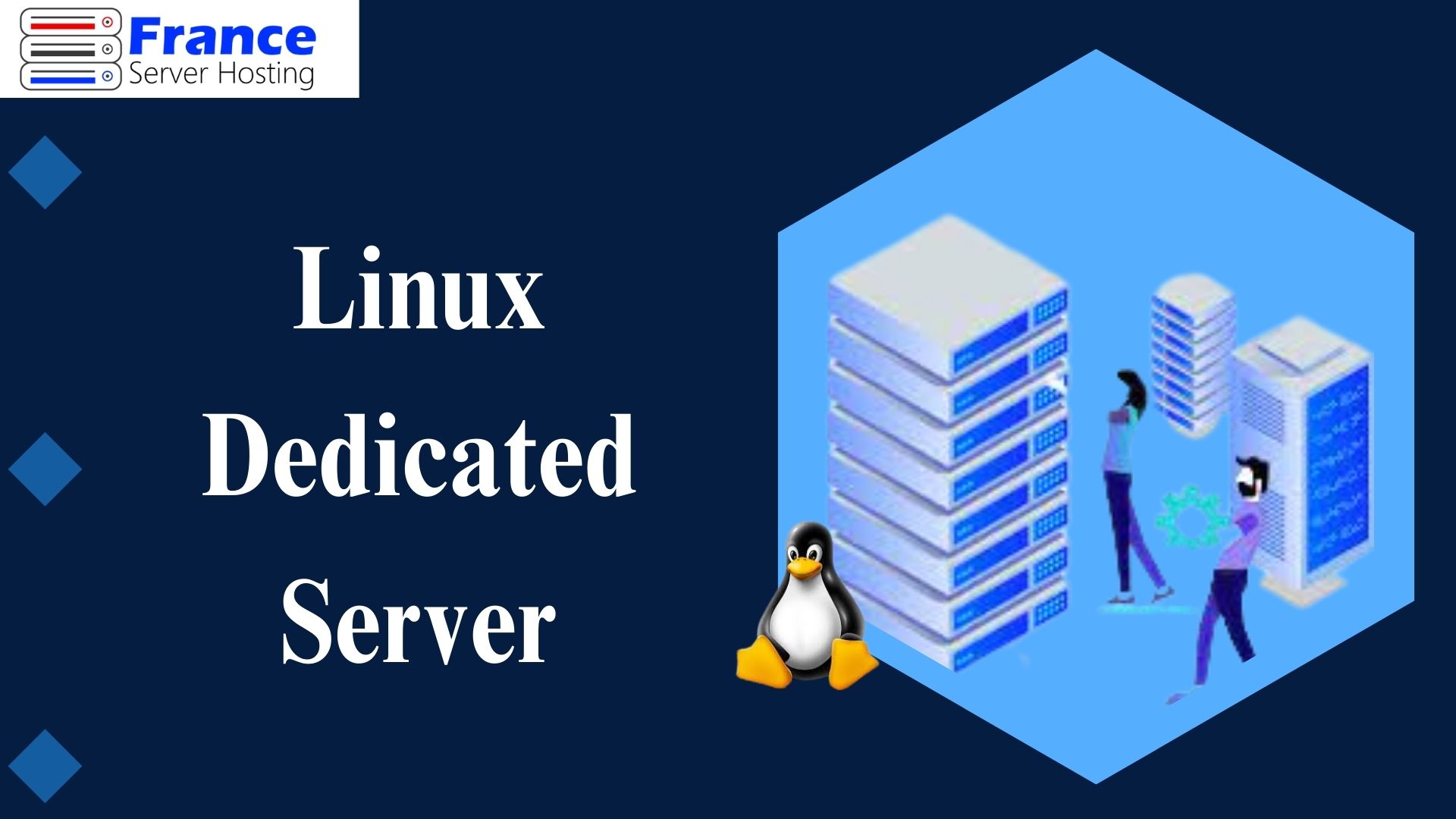A Linux dedicated server is the cornerstone of performance, security, and flexibility in the constantly changing world of web hosting. This thorough tutorial is provided by, a well-known company in the hosting sector, to help you explore the enormous possibilities that a Linux dedicated server At France Server Hosting contains. This manual will arm you with the knowledge to harness the power of a dedicated server for your digital pursuits, from fundamental concepts to sophisticated improvements.
Understanding the Essence of a Dedicated Server: A Linux dedicated server is a pinnacle of hosting solutions, offering an entire physical server exclusively for your website or application. Unlike shared hosting, where resources are shared among multiple users, a dedicated server grants unparalleled control, speed, and security.
Advantages of Opting for a Dedicated Server
- Performance: With dedicated resources, your website experiences consistent high performance, even during traffic spikes.
- Security: The isolation provided by a dedicated server minimizes security risks associated with sharing resources.
- Customization: Configure your server environment to meet your needs by installing software and making the necessary setting changes.
- Reliability: Downtime due to neighboring websites’ activities is eliminated, enhancing overall uptime.
- Scalability: As your business grows, your dedicated server can be upgraded to meet increased demands.
Choosing the Right Linux Distribution
Selecting the appropriate Linux distribution is vital to optimize your server’s performance and compatibility. offers a range of options, including Ubuntu, CentOS, Debian, and more, each catering to specific needs.
- Server Provisioning: Simplifies the process, enabling you to choose hardware specifications, such as CPU, RAM, storage, and bandwidth.
- OS Installation: A step-by-step guide on installing your chosen Linux distribution, ensuring a smooth setup.
- Initial Configuration: Walkthrough of essential configurations, including network settings, security updates, and firewall setup.
Securing Your Linux Dedicated Server
- Firewall Implementation: Utilize firewall tools (like iptables) to restrict unauthorized access and protect against malicious attacks.
- SSH Key Authentication: Strengthen security by using SSH keys for authentication, replacing traditional passwords.
- Regular Updates: Keep your server’s operating system and software up to date to patch vulnerabilities.
Optimizing Server Performance
- Resource Monitoring: Explore tools like top, and monitoring services to keep track of resource usage and identify bottlenecks.
- Caching Mechanisms: Implement caching solutions like Varnish or Redis to accelerate content delivery and reduce server load.
- Content Delivery Networks (CDNs): Leverage CDNs to distribute content globally, minimizing latency and enhancing user experience.
Data Backup and Disaster Recover
Advanced Customization and Development
- Web Server Setup: Configure powerful web servers like Apache or Nginx to efficiently serve web content and handle requests.
- Database Management: Install and manage databases such as MySQL or PostgreSQL to store and retrieve data for your applications.
- Development Stacks: Set up development environments using technologies like LAMP (Linux, Apache, MySQL, PHP) or MEAN (MongoDB, Express.js, Angular, Node.js) for application development and testing.
- Containerization with Docker: Explore containerization using Docker to create, deploy, and manage applications in isolated environments, enhancing scalability and portability.
Server Monitoring and Performance Tuning
- Monitoring Tools: Discover monitoring tools like Prometheus and Grafana to collect data on server performance, helping you proactively address issues.
- Performance Tuning Techniques: Delve into performance tuning techniques, adjusting settings like kernel parameters, memory management, and disk I/O for optimal performance.
- Scaling Resources: Learn how to scale resources vertically (upgrading hardware) and horizontally (adding more servers) to accommodate growing traffic.
Building Secure Web Applications
- Application Security: Explore strategies for securing your web applications against common vulnerabilities such as cross-site scripting (XSS), SQL injection, and CSRF attacks.
- Web Application Firewalls (WAFs): Integrate WAFs to filter out malicious traffic and protect your applications from various online threats.
- Secure Coding Practices: Adopt secure coding practices to minimize the risk of exposing vulnerabilities in your applications.
Conclusion
More than just a hosting solution, Managed Dedicated Server are a calculated investment in your online presence. Your website or application can reach new heights thanks to the control, security, and performance it offers. You may unlock your server’s full power and give your users a remarkable online experience by being aware of the complexities of installing, protecting, and optimizing it. Join on this empowering adventure and discover the limitless potential of a Linux dedicated server.







